What is Optimism? Explained by Digimagg
Explore Optimism, a guide by Digimagg, detailing its features, benefits, and applications in the cryptocurrency ecosystem."

What is Optimism?
Optimism, a layer-two blockchain for Ethereum, employs optimistic rollups as its scaling technology. As one of Ethereum’s major scaling solutions, it boasts a TVL exceeding $250 million. Optimistic rollups delegate transaction execution to a Layer 2 solution like Optimism. Transactions are consolidated into batches on Optimism and relayed to the Ethereum mainnet, which solely records the new chain state. These rollups are termed "optimistic" due to their presumed validity. Withdrawals from Optimism to Ethereum require seven days as rollup validity can be contested within this period. Optimism offers reduced gas costs on Layer 2 and long-term decreases in Ethereum gas fees by diminishing transaction data load on the mainnet. Operating with Ethereum-compatible smart contracts and secured by the Ethereum mainnet, Optimism presents an attractive option for new DApps.
Optimism & Arbitrum & ZK-Rollups
In our comprehensive guide to the Arbitrum Ecosystem, we explored the disparities between Optimism and Arbitrum. Here's a brief summary of their key similarities and distinctions.
Commonalities between Optimism and Arbitrum
- Validators are motivated to act honestly through ETH staking incentives.
- Both utilize optimistic rollups as their scaling solution.
- Both maintain full nodes that collect layer-one transactions, along with validator nodes overseeing the chain state.
- Both solely transmit calldata with confirmed rollup block hashes to the mainnet.
- DApps on both chains can choose their validators. This localized transaction validation, as opposed to validation by all nodes, decreases inter-node communication and thus enhances transaction throughput.
Divergences between Optimism and Arbitrum
- The primary distinction lies in dispute resolution methods. Arbitrum handles disputes off-chain through multiple rounds, whereas Optimism employs single-round fraud proofs, settling disputes on-chain. Consequently, gas fees are slightly higher on Optimism than on Arbitrum.
- Arbitrum utilizes multi-round fraud proofs, whereas Optimism executes transaction proofs in a single round on the layer-one chain.
- Arbitrum utilizes an Arbitrum Virtual Machine, while Optimism is solely EVM-compatible.
- Optimism features a Solidity compiler, while Arbitrum supports all EVM programming languages.
- Optimism's ecosystem is notably smaller, with $1.5 billion total value locked compared to Arbitrum's $300 million.
Divergences between Optimism and ZK-rollups
- Optimistic rollups necessitate lengthier withdrawal periods for security reasons (one week compared to minutes).
- Optimistic rollups are less technologically intricate as they do not incorporate mathematically complex methodologies.
- Optimism incurs greater gas costs than ZK-based layer-twos.
- EVM execution on Optimism is less complex than on ZK-chains.
- Off-chain computation expenses are higher on Optimism.
Investors and development roadmap of Optimism
Optimism initiated its initial testnet in 2019, followed by the introduction of the first EVM-compatible testnet in 2020. The Optimism mainnet and the EVM-compatible mainnet were subsequently launched in 2021. In June 2022, Optimism distributed its OP token through a highly anticipated airdrop, with the token allocation detailed on the Optimism community portal. Notably, public goods funding, designed to incentivize contributions to the Optimism protocol from community members, is a prominent feature of the Optimism Collective.
Currently, Optimism hosts over 50 decentralized applications on its network. As part of its future plans:
- Implement advanced fault proofs to enhance on-chain security.
- Decentralize sequencers, allowing any network participant to serve as a block producer.
- Aim for further decentralization and the introduction of sharded rollups in 2023.
Optimism has secured a total investment of $28.5 million through two funding rounds. The initial seed round, led by Paradigm and IDEO CoLab Ventures, raised $3.5 million. Subsequently, in February 2021, the Series A funding round, spearheaded by a16z, amassed $25 million.
How can one utilize Optimism on the Ethereum network?
To access the Optimism blockchain on Ethereum, follow these steps:
- Connect to the official Optimism Bridge or utilize one of the available bridges to transition to and from Optimism.
- Transfer ETH to Optimism.
- Add the Optimism network to your wallet.
- Access DApps within the Optimism ecosystem on the Optimism network.
The OP token and airdrop
Optimism conducted a significant airdrop of its OP token on May 31, 2022, marking one of the largest airdrops in history. However, the token's value swiftly declined as users encountered difficulties claiming their allotted airdrop. Despite Optimism's subsequent resolution of the issue, the OP token continues to trade at around $0.50, significantly below its initial listing price, especially amidst a broader downturn in the cryptocurrency market. For further insights into the tokenomics of OP, visit the OP token page.
The best DEX on Optimism
The best decentralized exchanges (DEX) operating on Optimism include:
- ZipSwap: an efficient native swap platform designed to minimize gas fees.
- Uniswap: renowned as the pioneer of the Automated Market Maker (AMM) mechanism.
- Curve: a prominent platform specializing in stablecoin exchanges.
- Perpetual Protocol: a DEX tailored for futures trading.
ZipSwap

ZipSwap (ZIP) stands out as a gas-efficient native swap platform, ensuring minimal fees for token swaps within optimistic rollups. Leveraging technical enhancements to the Uniswap V3 Automated Market Maker (AMM), ZipSwap can offer improved liquidity with reduced slippage.
Uniswap

Uniswap (UNI) holds the position as the largest decentralized exchange (DEX) by Total Value Locked (TVL) on Optimism, amounting to $30 million at the present time. It gained prominence as one of the earliest DEX platforms to introduce trading via an Automated Market Maker (AMM) model. Uniswap is additionally accessible on Arbitrum, Polygon, and, naturally, Ethereum.
Curve

Curve (CRV) operates as a decentralized exchange (DEX) specializing in stablecoins and stands as one of the key platforms for exchanging stablecoins. It holds a significant position as one of the largest decentralized exchanges on Optimism, boasting a Total Value Locked (TVL) exceeding $23.5 million at the current moment. Curve gained traction through its implementation of the Automated Market Maker (AMM) model and maintains integrations with all pertinent blockchains.
Perpetual Protocol
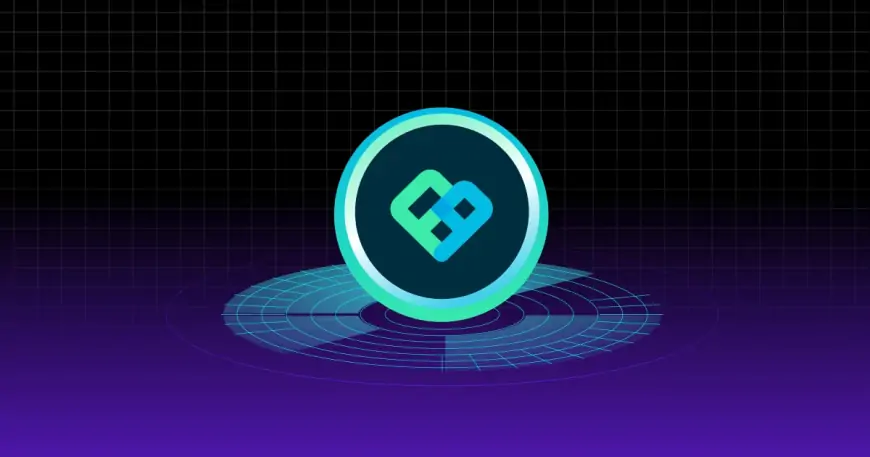
Perpetual Protocol (PERP) functions as a decentralized exchange specializing in perpetuals and futures trading. Unlike centralized exchanges with an order book model, traders engage in non-custodial trading against an automated market maker. All transactions are recorded on-chain, albeit executed on a gasless sidechain.
This design enables Perpetual Protocol to emerge as one of the most efficient and highly sought-after perpetual exchanges in the market, attracting investments from various backers, including Binance Labs. On Optimism, Perpetual Protocol boasts a Total Value Locked (TVL) exceeding $31.2 million, establishing itself as one of the prominent exchanges within the ecosystem.
The best Optimism bridges
The primary bridges to Optimism include:
- The official Optimism Bridge.
- Synapse: a cross-chain bridge.
- Hop Exchange: a bridge facilitating connectivity between layer-twos and Ethereum.
Synapse

Synapse (SYN) serves as a cross-chain bridge linking Optimism with various layer-one blockchains such as Ethereum. It relies on cross-chain multi-party computation validators for security and is fueled by the Synapse token (SYN). SYN is utilized to incentivize liquidity providers and subsidize gas fees. Additionally, Synapse extends its functionality to other layer-one and layer-two chains, providing token swaps and liquidity pools. The Total Value Locked (TVL) in the Optimism ecosystem approaches $5 million.
Hop Exchange
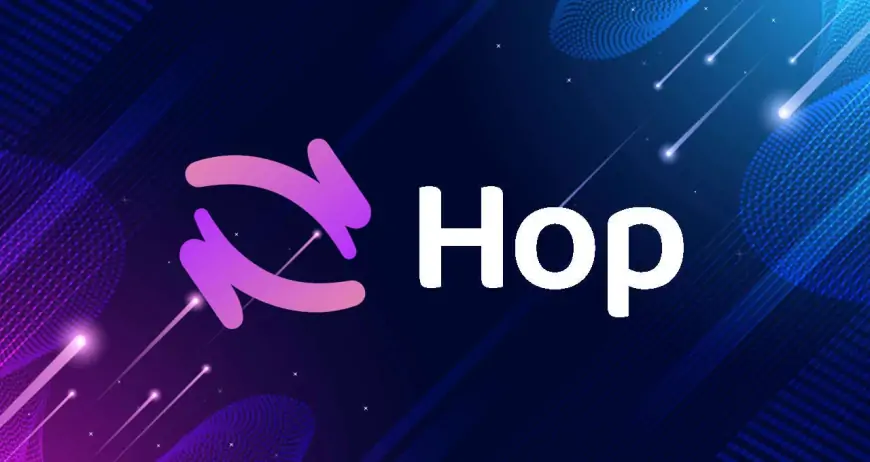
Hop Exchange (HOP) serves as a bridge connecting layer-two networks such as Optimism and Arbitrum to Ethereum. Similar to Synapse, users can swiftly transfer tokens via the Hop Exchange, bypassing lengthy waiting periods. This agility is facilitated by Hop's integration with other networks, enabling seamless asset movement to provide the desired asset on layer one.
Additionally, Hop Exchange employs automated market makers to facilitate swaps between each token and its corresponding canonical token on each rollup, thereby rebalancing liquidity across the network. With over $5.7 million in Total Value Locked (TVL) on Optimism, Hop Exchange recently conducted an airdrop of its HOP token.
The best lending protocols on Optimism
The top lending protocols on Optimism include:
- dForce: a DeFi infrastructure protocol.
- Velodrome: a liquidity incentive protocol.
- Aave: a widely used money market platform.
- Stargate Finance: a fully composable liquidity protocol.
- QiDao: a zero-interest lending protocol.
dForce
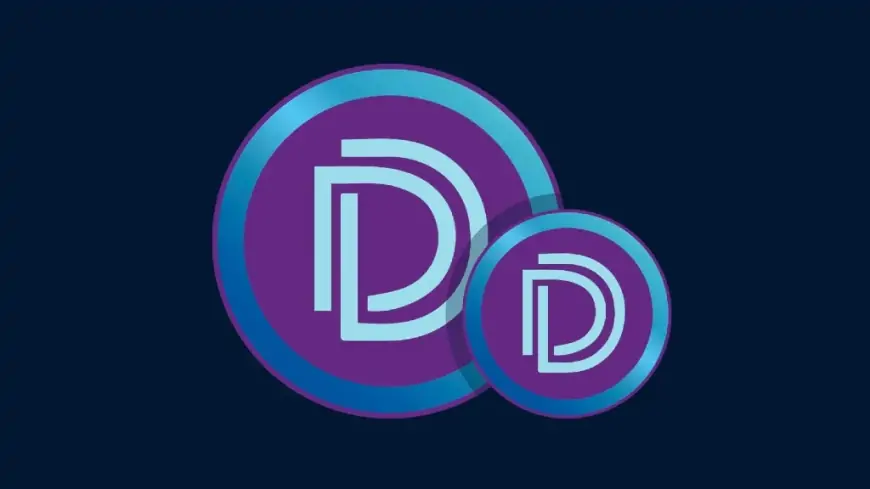
dForce (DF) aims to furnish DeFi infrastructure within web3 by offering lending, trading, and staking services. Operating as a community-driven DAO, dForce centers its protocol matrix around the stablecoin dForce USD (USX). It adopts a pool-based and vault-based model with a hybrid interest rate policy to enhance the scalability of its algorithmic stablecoin. Moreover, dForce integrates with other protocols and employs a cross-chain bridge to facilitate widespread adoption.
As part of its comprehensive DeFi solution, dForce additionally provides lending, staking, trading, and bridge services.
Velodrome
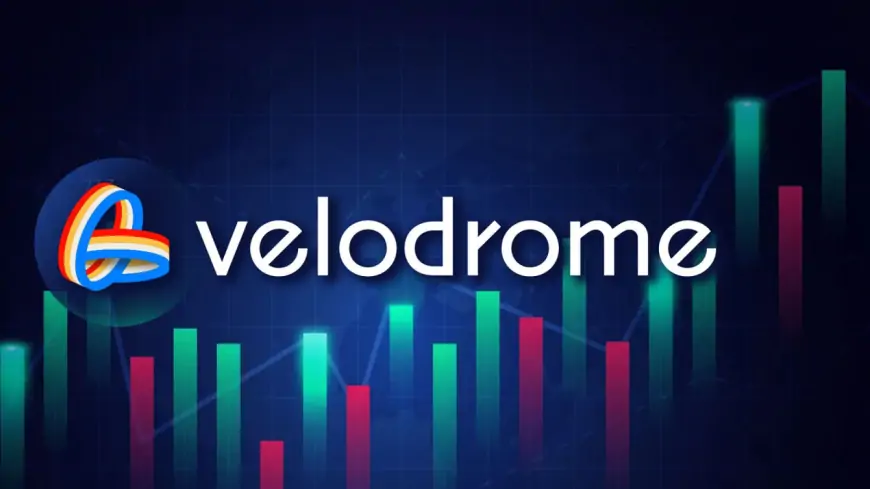
Velodrome Finance (VELO) operates as a liquidity incentive protocol specifically designed for Optimism. Building upon the foundation established by Solidly Exchange, a decentralized exchange for protocols, Velodrome endeavors to furnish protocols with dedicated liquidity while enhancing interoperability among DeFi protocols within the Optimism ecosystem.
Aave
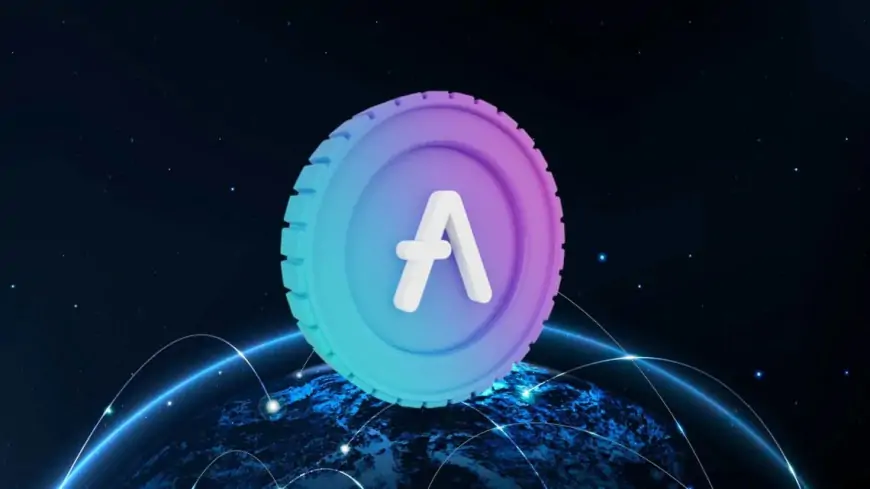
Aave (AAVE) stands as a DeFi money market protocol and lending platform, enabling users to both borrow and lend various crypto assets. Users have the option to deposit their crypto assets into various liquidity pools to earn interest or utilize them as collateral for borrowing against existing holdings. Aave enjoys widespread popularity across diverse blockchain ecosystems and currently holds over $8 million in total value locked on Optimism.
Stargate Finance
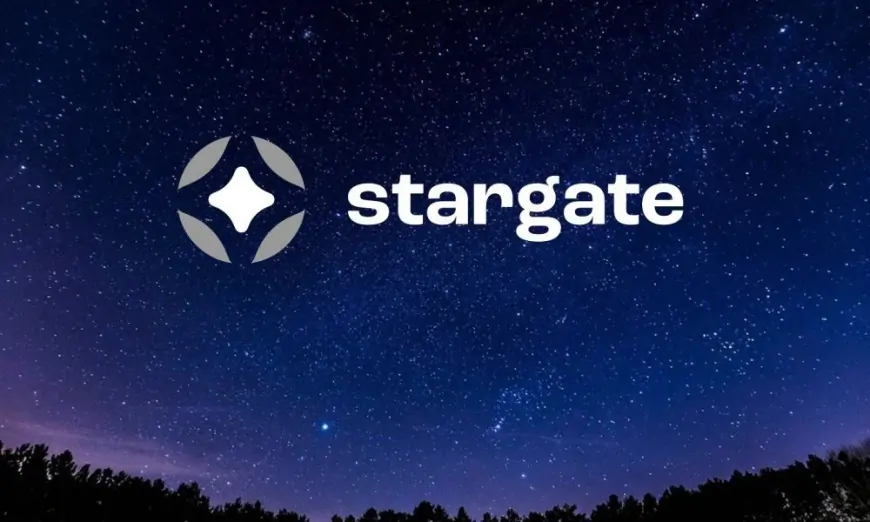
Stargate Finance (STG) functions as a fully composable liquidity protocol, enabling users to transfer assets across blockchains and access the protocol's unified liquidity pools with immediate guaranteed finality.
Stargate's primary offerings include cross-chain transfers, liquidity provision to its Omnichain protocol, yield farming for STG rewards, and staking to earn veSTG, the protocol's governance token. Despite being less prominent on Optimism compared to its presence on Arbitrum, Stargate Finance still maintains a Total Value Locked (TVL) exceeding $7 million.
QiDao
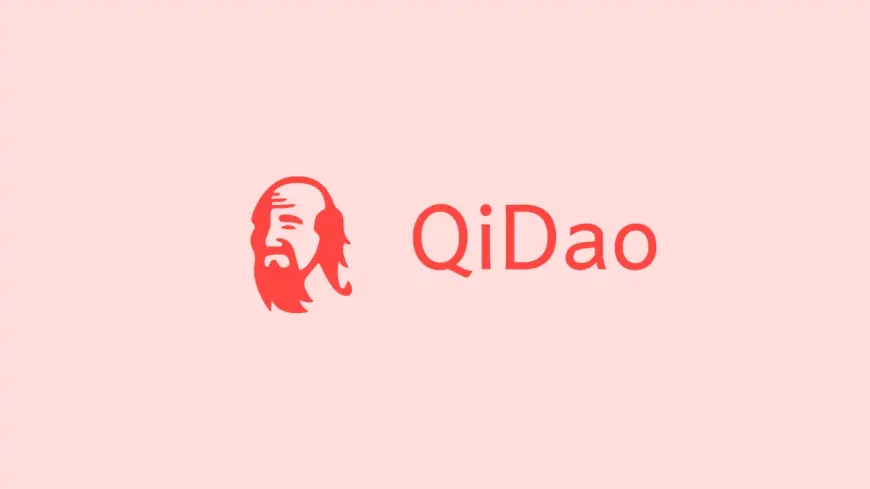
QiDao (QI) operates as a crypto lending protocol offering zero-interest loans on stablecoins. Users can establish a vault by depositing collateral, enabling them to borrow stablecoins without incurring interest charges. As a self-sufficient, community-governed, and decentralized stablecoin protocol, the security of loans is ensured by maintaining a total value locked higher than the issued debt.
The best DApps on Optimism
Among the standout DApps on Optimism are:
- Beethoven X: an investment platform operating in a decentralized manner.
- Aelin: a protocol for decentralized fundraising.
- Synthetix: a protocol for synthetic assets.
- Lyra: a decentralized options platform.
Beethoven X

Beethoven X (BEETS) serves as an all-in-one decentralized investment platform providing weighted investment pools. Users have the opportunity to earn fees from traders adjusting their portfolios to seize arbitrage opportunities. Additionally, new tokens can enhance their liquidity through liquidity bootstrapping pools (LBP), which operate similarly to crowdfunding mechanisms.
Aelin
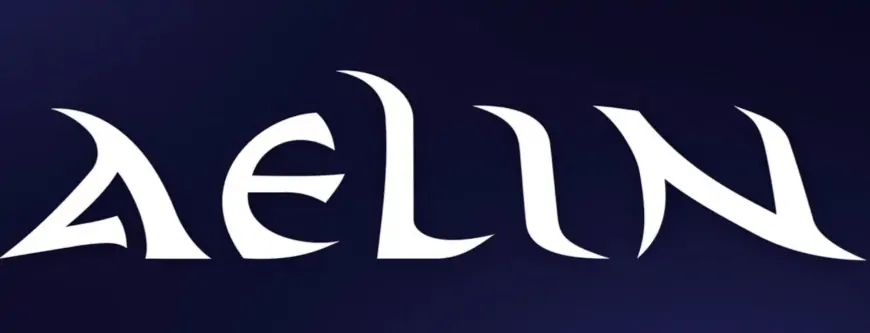
Aelin (AELIN) functions as a decentralized fundraising protocol, enabling capital raising and over-the-counter (OTC) deals without the intervention of venture capitalists. Sponsors have the ability to create pools where investors can deposit funds for potential deals.
Each deal may include an optional vesting schedule, and once a sponsor and a compatible investor agree on the terms, the protocol serves as a permissionless intermediary, facilitating the infrastructure for the fundraising process.
Synthetix
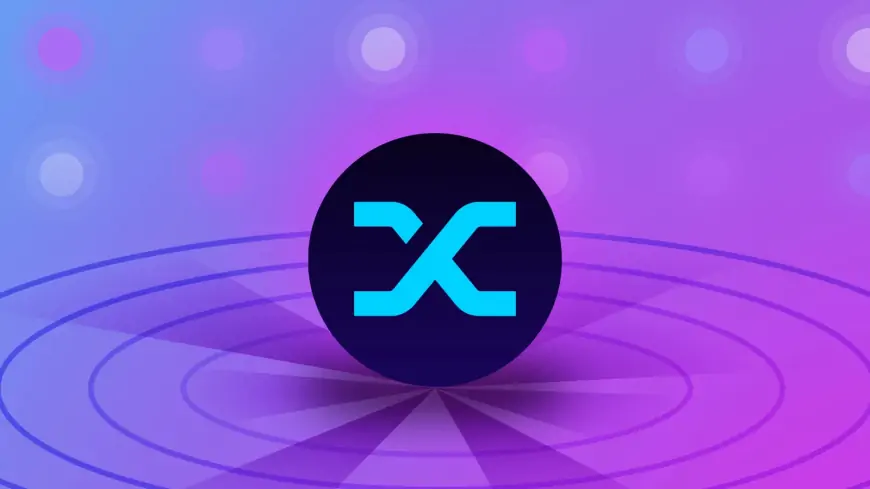
Synthetix (SYN) operates as a derivatives liquidity protocol, facilitating the generation of synthetic assets on the blockchain. These synthetic assets provide exposure to real-world assets such as stocks, utilizing on-chain tools. Core offerings include decentralized perpetual futures and synthetic representations of technology stocks and commodities like gold. The prices of underlying assets are monitored through oracles.
SNX tokens act as collateral for the creation of synthetic assets and are destroyed upon liquidation of a position. Synthetix stands as the largest protocol on Optimism, boasting a Total Value Locked (TVL) surpassing $100 million.
Lyra
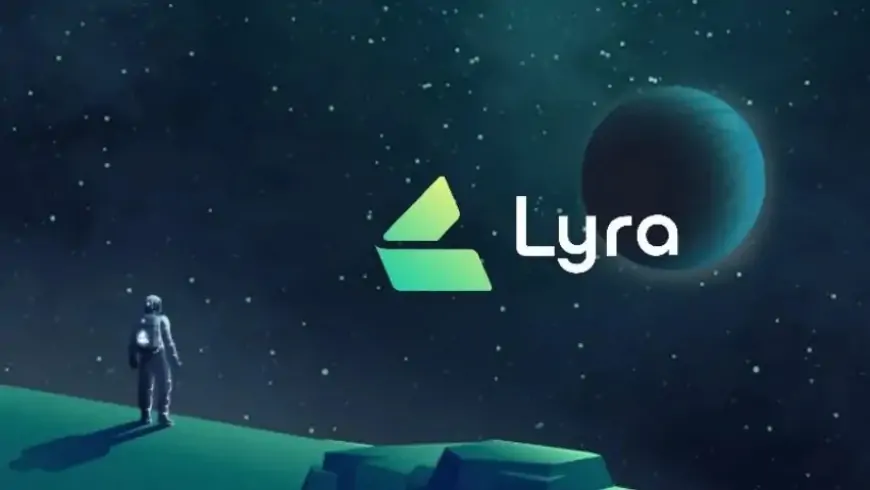
Lyra (LYRA) functions as a decentralized options protocol featuring a skew-adjusted pricing model. With its ability to incorporate dynamic volatility inputs for option pricing, Lyra can offer greater liquidity compared to rival protocols. This translates to increased trading volume for traders and higher fees for the protocol. Lyra emerges as the leading options protocol on Optimism, boasting a total value locked exceeding $18 million.












































